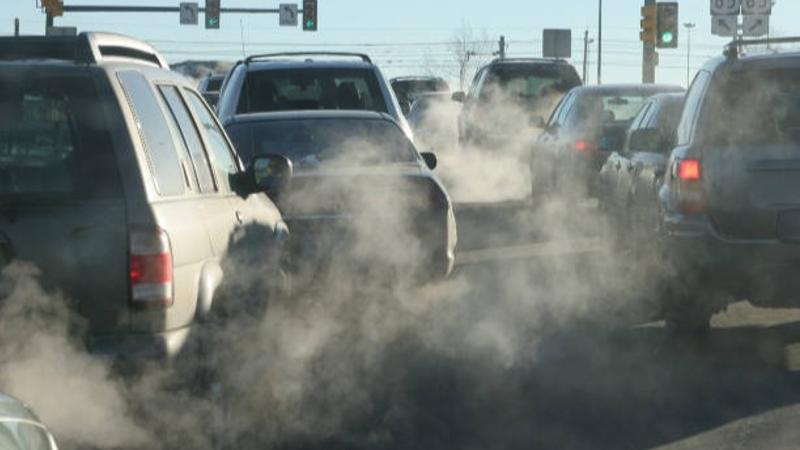Published 19:22 IST, January 14th 2025
Delhiites At Risk From Nanoparticles Released Via Vehicular Emissions
Delhiites are at greater risk from airborne nanoparticles released from vehicular emissions. Know all about what else this joint study has revealed.

The harmful emission from vehicles raises a concerning alarm for Delhiites as it puts them at greater health risks to airborne nanoparticles (PM1 or less), as per a joint study conducted by researchers at Physical Research Laboratory, Ahmedabad and Delhi Technological University.
One of the key findings of this study indicated that residents of Delhi can be potentially exposed to 10-18 million nanoparticles daily on the road, where particle deposits are 30 per cent higher than in other regions.
Concerning findings for Delhiites from this study
This study found that people in the capital can be potentially exposed to around 10 to 18 million nanoparticles daily on the road, where particle deposits are 30 per cent higher than in other 95 regions.
The study noted that exposure to high concentrations of nanoparticles is particularly concerning, as they can penetrate the bloodstream and pose serious health risks. Their tiny size allows them to cross the blood-brain barrier, potentially reaching the brain and causing harm.
Whilst conducting the study researchers examined the seasonal variation of particle concentration and assessed exposure and build-up in the human respiratory system.
The study published in October last year in the Dutch journal Elsevier was conducted in a roadside urban environment in Rohini in 2021, covering all key seasons.
The direct sources of airborne nanoparticles include engine exhausts and industrial emissions, which can also form from the oxidation of existing gaseous pollutants. Seasonal analysis revealed that direct emissions dominate nanoparticle concentrations during winter and autumn, while new particles formed contribute the most during spring and summer.
In urban areas, traffic-related sources are the primary contributors to airborne nanoparticles, according to the study.
“The concentration of UFP and Nacc (particles of size >100 and up to 1000 nm) during non-peak hours is less than that of peak hours, confirming the dominant influence of emissions from vehicular exhaust in the study region,” it observed.
Another pertinent finding is that UFP (ultrafine particles, of size between 10 and 100 nm) makes up for about 60-80 per cent of the total particle number concentration over Delhi.
“More than 5 million nanoparticles get deposited during the winter season over Delhi. The annual average nanoparticle deposition is ~500 μg/year over a roadside urban environment, which is 30% higher than the deposition over a location away from the roadside,” according to the study.
An exposure assessment found that a wide section of the population is at risk due to exposure to nanoparticles, including the urban poor, motorcyclists, pedestrians and residents. The study emphasised the need for “developing mitigation policies aimed at improving air quality and public health”.
Updated 19:22 IST, January 14th 2025



